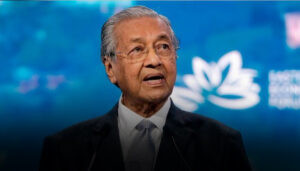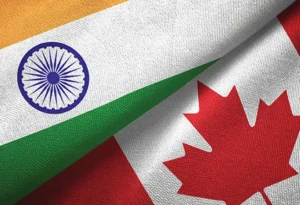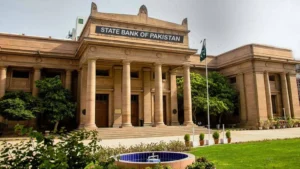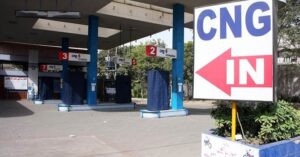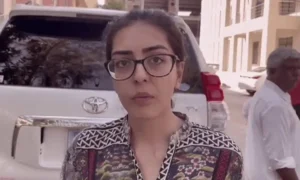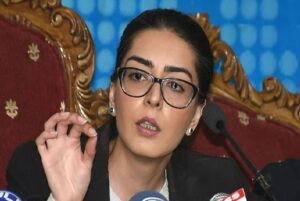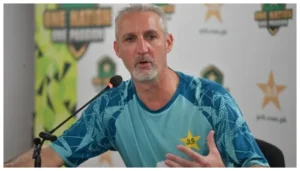” Timeline of events leading to Bangladesh PM Hasina Wajid’s resignation ” | Express News Pro

”
Bangladesh Prime Minister Sheikh Hasina resigned on Monday and fled the country, as more people were killed in some of the worst violence since the birth of the South Asian nation more than five decades ago.
Army chief General Waker-Uz-Zaman announced Hasina’s resignation in a televised address to the nation and said an interim government would be formed.
Media reports said Hasina, 76, was flown in a military helicopter with her sister and was headed to India. The CNN News 18 television channel said she had landed in Agartala, the capital of India’s northeastern state of Tripura, across the eastern border of Bangladesh.
Bangladesh has been engulfed by protests and violence after student protests last month against reservation quotas in government jobs escalated into a campaign for the ouster of Hasina, who won a fourth straight term in January in an election boycotted by the opposition.
About 300 people have been killed and thousands injured in the violence.
Read also: Bangladesh PM Hasina Wajid resigns in response to protestors’ demands
Here is a timeline of events leading to Sheikh Hasina’s resignation in Bangladesh:
July 1, 2024: Blockades begin
University students initiated blockades, disrupting roads and railway lines. Their demand was for reforms in the quota system for public sector jobs, which they claimed favoured loyalists of Hasina’s ruling Awami League. Having won a fifth term in January, Hasina dismissed the protests, stating students were “wasting their time”.
July 16, 2024: Violence intensifies
Violence escalated with the first recorded deaths of six people following clashes between protesters and pro-government supporters in Dhaka. In response, Hasina’s government closed schools and universities nationwide.
July 18, 2024: PM Hasina rebuffed
Students rejected Hasina’s appeal for calm and continued to demand her resignation. Protesters chanted “down with the dictator” and torched the headquarters of Bangladesh Television along with other government buildings. The government imposed an internet blackout to curb the unrest. Clashes left at least 32 people dead and hundreds injured, despite a curfew and soldier deployment.
Read: Who is the Bangladesh army chief who announced Hasina’s resignation?
July 21, 2024: Supreme Court verdict
Bangladesh’s Supreme Court ruled against reintroducing job quotas, a decision critics viewed as aligning with Hasina’s government. The verdict did not satisfy protesters’ demands to abolish job reservations for children of “freedom fighters” from Bangladesh’s 1971 independence war.
August 4, 2024: Army sides with protesters
Hundreds of thousands clashed with government supporters again, resulting in 68 deaths, including 14 police officers. Former Army chief General Ikbal Karim Bhuiyan urged the government to withdraw troops and condemned the killings. Current Army chief Waker-uz-Zaman stated the armed forces “always stood by the people”.
August 5, 2024: Call for ‘final protest’
Leaders of the civil disobedience campaign called on supporters to march on Dhaka for a “final protest”.
The escalating confrontation with the government led to Prime Minister Sheikh Hasina resigning and fleeing the capital, Dhaka.
”

